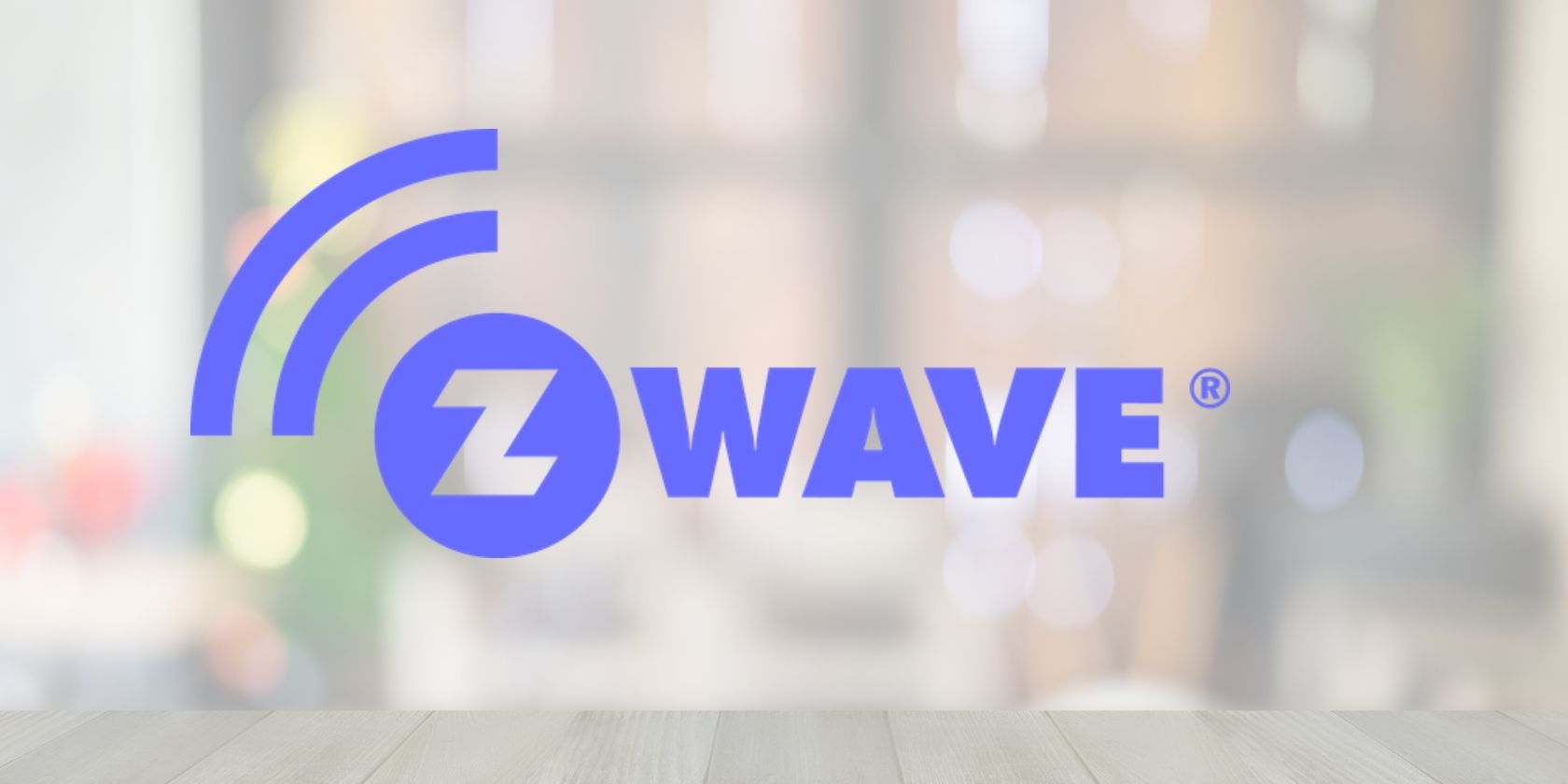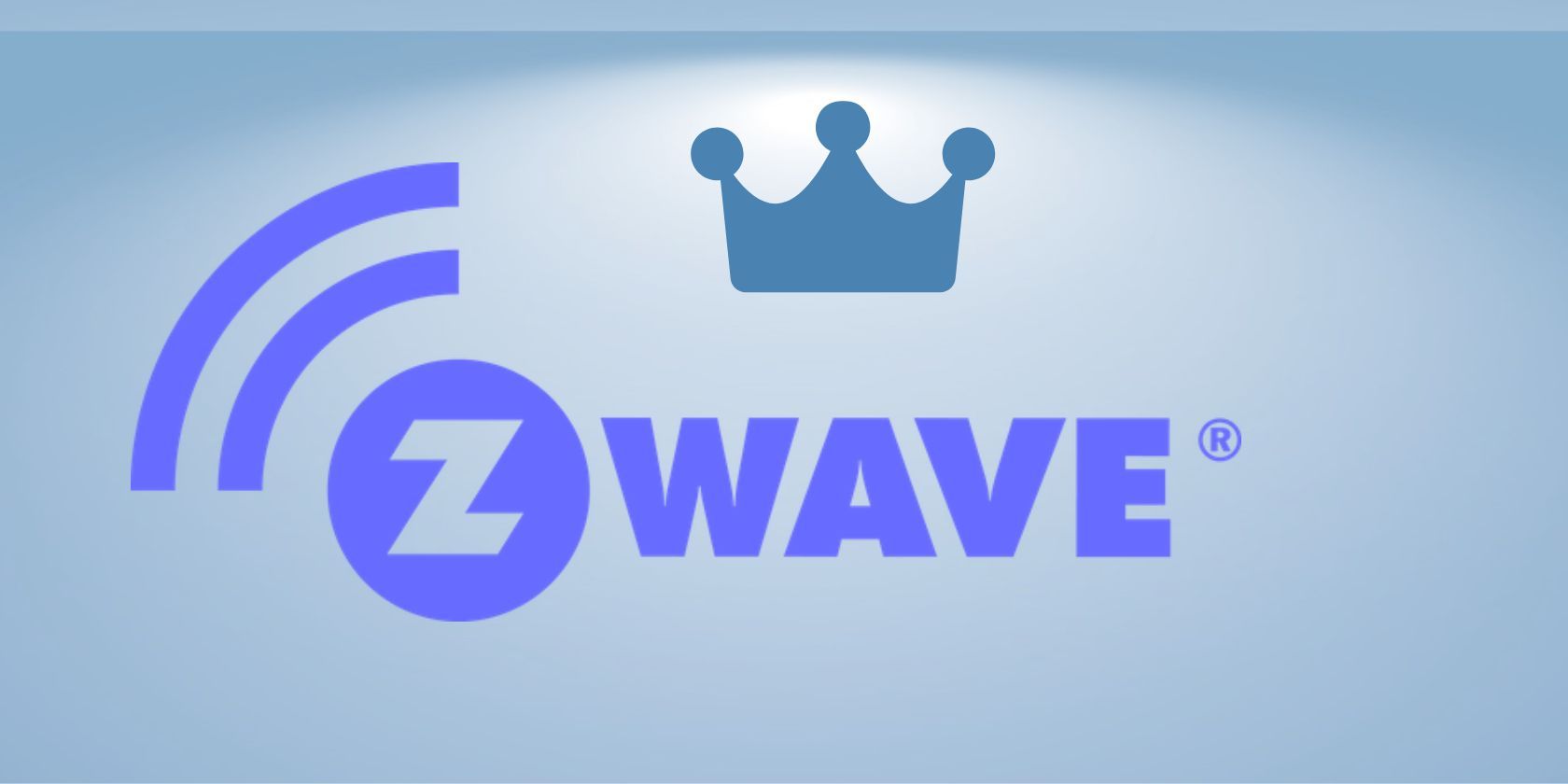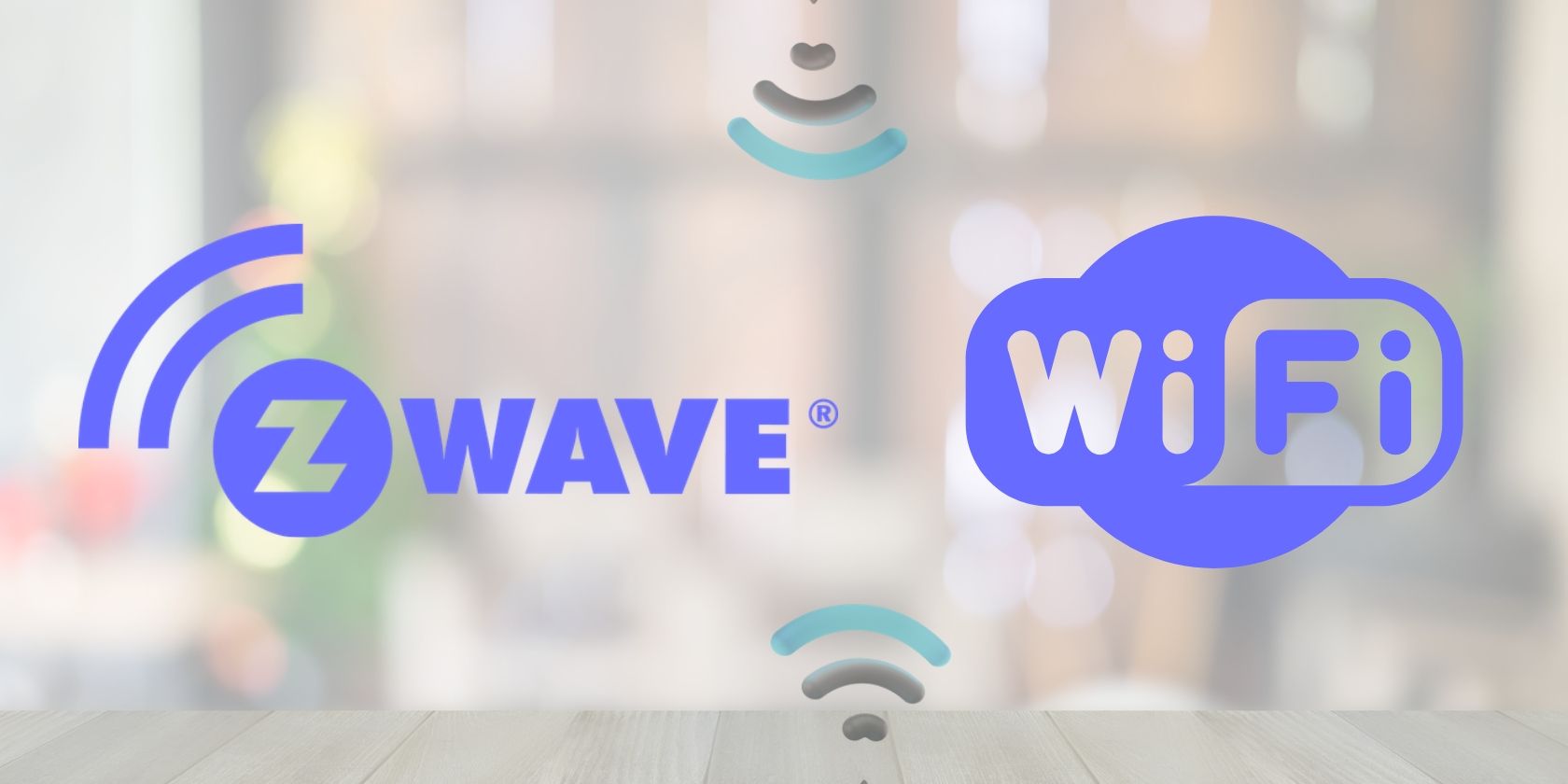If you run a smart home or have a special interest in smart home technologies, you've probably come across the term Z-Wave. It might have been an inscription on a smart home product. Or maybe a word that you were trying to decide to buy one smart home product over the other.
But what is Z-Wave? How does it work, and how does it fit into the smart home space? Let's find out.
What Is Z-Wave?
Z-Wave is a wireless mesh networking technology developed by Danish firm, Zensys, as a communication protocol primarily targeted at smart home gadgets. It grew in popularity in the early 2000s owing to the promise of making smart home products from different manufacturers interoperable as long as they conform with the Z-Wave standard.
We said Z-Wave is a mesh network, but what's a mesh network? Well, to put it simply, it is a network setup where, instead of devices connecting to a single central hub like a router, each device on the network acts like a node and connects to each other to form a web of interconnected devices.
Z-Wave being a mesh network means that each smart home gadget within a Z-Wave network can act as a signal endpoint or a redistribution point for signal. In other words, each gadget can receive a signal and act on it or can serve as a route to redistribute that signal to the nearest Z-Wave device within the network.
What Is Z-Wave Plus?
In addition to Z-Wave, you might have heard of the other iteration of Z-Wave called Z-Wave plus. But what is Z-Wave plus and how is it different from Z-Wave? Well, Z-Wave plus is still Z-Wave at its core, but with several performance improvements. The Z-Wave Plus iteration of Z-Wave introduces:
- A significant improvement in the range from 328 feet to 492 feet
- 50% less power requirement
- 250% more bandwidth
- Easier process of pairing and unpairing Z-Wave compatible devices
- Improved self-healing and fault tolerance
How Does Z-Wave Work?
As a smart home protocol, Z-Wave is similar to Bluetooth and Wi-Fi in functionality, although all three are distinct protocols and work differently. Unlike Wi-Fi, Z-Wave is a more energy-efficient, lower latency smart home protocol that operates in the 800 to 900 MHz radio frequency range. This is much lower than the 2.4 GHz and 5 GHz bands that Wi-Fi operates in.
If you're wondering what operating on a lower frequency band even means, it has a few unique differences. Although smart home protocols that operate on a higher frequency can potentially carry more data (e.g Wi-Fi), they typically have a shorter range and are more impeded by physical barriers. Lower-frequency smart home protocols like Z-Wave tend to have a longer range and are less susceptible to signal suppression by physical barriers.
To understand how Z-Wave works, it's important to understand its interacting components. There are basically two types of Z-Wave devices, controllers, and slaves. Controllers are Z-Wave devices that can control other Z-Wave devices while slaves are Z-Wave devices that can be controlled by other Z-Wave devices.
Z-Wave Controllers
A Z-Wave controller, some of which can be deployed as a hub, is responsible for:
- Initiating and maintaining a Z-Wave network.
- Adding and unpairing Z-Wave node devices from the network.
- Opening up a Z-Wave network in a way that allows devices like smartphones and computers to interact with Z-Wave devices.
A Z-Wave network can only have one primary controller. The unique ID of the primary controller is used as the Home ID of a Z-Wave network and is used to bind all devices within a Z-Wave network to each other to facilitate the creation of a mesh network.
You can see it as an ID tag for students. Every student with a certain ID card can be allowed into a certain classroom while those with a different ID aren't allowed in. A Z-Wave Home ID is what ensures that the Z-Wave network within, say, your neighbor's home, does not interfere with the Z-Wave network your devices are connected to, no matter how close they are.
Z-Wave Slaves
Z-Wave slaves on the other hand are the actual Z-Wave compatible devices you'd use within your home network. They include everything from smart thermostats, motion sensors, and door locks, to switches and video doorbells. A maximum of 232 slaves can be tethered to a single Z-Wave network.
So, basically, the primary controller, which in this case would be deployed as a smart home hub, is usually the device in the Z-Wave network that would be connected to the internet. So when the primary controller receives a command to turn on a light or boil a kettle from, say, your smartphone or computer, it routes the instructions to the target node devices within the Z-Wave network.
Now, owing to the mesh technology paradigm employed by Z-Wave, the signal can be redistributed from one node device or slave until it reaches the target node device. This mesh topology is what helps to extend the range of the Z-Wave network beyond its typical node-to-node range.
Advantages of Using Z-Wave
Here are a few advantages of using Z-Wave over other smart home communication protocols:
1. Less Interference
Bluetooth, ZigBee, and Wi-Fi all operate within the 2.4 GHz radio frequency space. Sometimes, things can get messy and crowded, leading to interference. It's like trying to communicate in a crowded marketplace, there's a good chance that the other party might not hear everything you say. By operating within the less crowded, 0.8 to 0.9 GHz spectrum, Z-Wave effectively reduces the possibility of conflict and interference.
2. Lower Attenuation
One of the benefits of using Z-Wave is lower attenuation. Lower attenuation simply means that radio signals can travel through obstacles, like, say, your bedroom walls without losing much of their strength. Losing too much strength means signals can be distorted or indiscernible even within a network's typical range.
3. Low Energy Requirement
One of the biggest advantages of Z-Wave over a protocol like Wi-Fi is its minimal energy requirement. A Wi-Fi sensor could run on two AA batteries and require changing every three months whereas a single button-sized cell could power a similar sensor that uses Z-Wave for a year.
4. Longer Range
Unlike some other smart home communication protocols, Z-Wave has an impressive range. Z-Wave has an effective range of around 330 feet in open space and 150 feet indoors. But there's more. Remember that Z-Wave is a mesh network with each node potentially having the ability to redistribute signals? This can significantly increase the range of a Z-Wave network. The more the number of node devices on a Z-Wave network, the potentially longer the range of the network.
5. Easy Setup
Setting up a Z-Wave network is quite easy. Getting your Z-Wave-compatible devices to talk to each other is also easy as well. Once you've brought home your Z-Wave compatible devices, all you have to do is turn them on, pair them with your network, and they're ready to be controlled by your smartphone or computer.
Disadvantages of Using Z-Wave
As good a smart home protocol as Z-Wave can be, it also has a few downsides. Wondering what the downsides could be? Here are a few:
1. Variation in Frequency
On paper, all Z-Wave devices are supposed to be interoperable. That's one of the key promises of the Z-Wave protocol. However, Z-Wave compatible devices from different countries tend to have compatibility issues because of operating on varying frequencies within the 0.8 to 0.9 GHz (i.e 800 to 900 MHz) bands. For instance, in the US, the Z-Wave protocol operates on the 908.42 MHz band while Europe aligns towards the 868.42 MHz band. You may run into hitches if you try to use Z-Wave compatible devices built for the US in Europe.
2. Expensive Devices
Z-Wave-compatible gadgets can sometimes be expensive because Z-Wave is a proprietary technology that is managed by a group of private companies called the Z-Wave alliance. To produce Z-Wave compatible devices, you'll need to pay for and pass through a tedious certain certification process set up by the Z-Wave alliance.
3. Low Bandwidth
Z-Wave is not an ideal protocol to use on smart home appliances that require a lot of bandwidth to thrive. Although you’ll likely not run into bandwidth issues with current smart home devices that use Z-Wave, its limited data-carrying abilities represent a potential problem in an era where smart gadgets are tilting towards heavier bandwidth usage.
Z-Wave Is Not the Only Option
Although you'd likely be more concerned about which smart home ecosystem your gadget can work with, the communication protocol your smart gadget uses is equally important.
Z-Wave has a long list of strong points, but it also has several limitations. Fortunately, it isn't the only smart home protocol there is. ZigBee, Bluetooth, and good old Wi-Fi are also viable options. Learning about each smart home protocol gives you an edge in making buying decisions and deciding which gadget would best fit your smart home setup.




